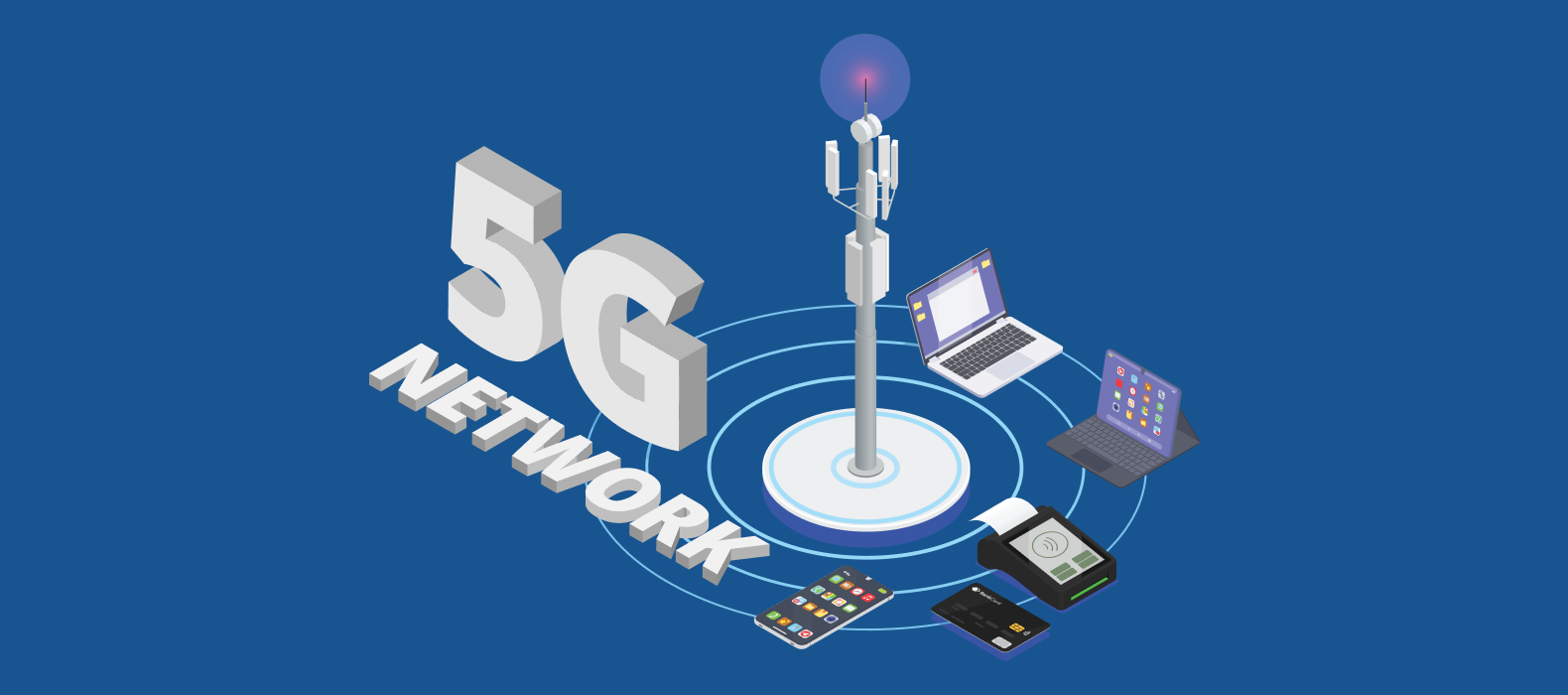Pulse of Information
Stay updated with the latest news and insights.
5G Technology: Speeding Into the Future Like a Cheetah on Roller Skates
Discover how 5G technology is transforming our world, racing forward like a cheetah on roller skates! Don't miss the future unfolding!
What is 5G Technology and How Does it Work?
5G technology represents the fifth generation of mobile networks, succeeding its predecessor, 4G. Unlike previous generations, 5G is designed to be faster, more reliable, and capable of connecting many more devices simultaneously. It operates on a range of frequency bands, including low, mid, and high-band frequencies, allowing it to offer a diverse set of services from enhanced mobile broadband to ultra-reliable low-latency communications. This multifaceted approach enables 5G to support various applications such as autonomous vehicles, smart cities, and the Internet of Things (IoT).
The way 5G technology works involves complex technologies that enhance speed and connectivity. At the core, it utilizes techniques like massive MIMO (Multiple Input Multiple Output) and beamforming, which improve signal strength and reduce interference. Furthermore, 5G networks leverage edge computing to process data closer to the end user, resulting in lower latency and faster response times. This combination of innovations not only enhances mobile communication but also paves the way for new technologies and industries to thrive in a connected world.

The Impact of 5G on Everyday Life: What You Need to Know
The advent of 5G technology marks a significant leap in mobile connectivity, ushering in unprecedented speeds and reduced latency. Unlike its predecessor, 4G, which struggled with data-heavy applications, 5G can handle multiple devices simultaneously without a hitch. This capability translates to a smoother experience for everyday activities, such as streaming high-definition videos, engaging in video calls, and playing online games. Furthermore, the impact of 5G extends beyond entertainment; it enables smart home devices, connected cars, and various Internet of Things (IoT) applications to function more efficiently, elevating the overall quality of life.
As 5G continues to roll out across urban and rural areas, its implications for industries like healthcare, education, and transportation cannot be overlooked. For instance, telemedicine becomes more viable with the enhanced bandwidth, allowing doctors to perform remote consultations and even surgeries in real-time. In education, students can access interactive materials and participate in virtual classrooms without interruptions. The transportation sector also stands to benefit, as 5G facilitates the development of autonomous vehicles, which rely on instant data exchange for optimal performance. As these applications proliferate, it is essential for individuals to understand and adapt to the changes driven by 5G, as it reshapes our everyday interactions and environments.
Is 5G Safe? Debunking Myths and Addressing Concerns
The rollout of 5G technology has sparked a myriad of discussions and debates regarding its safety. Many people have raised concerns about potential health risks associated with increased exposure to radiofrequency electromagnetic fields. However, numerous scientific studies conducted by reputable organizations, including the World Health Organization (WHO), have concluded that the levels of radiation emitted by 5G networks are well within international safety guidelines. In fact, 5G operates at frequencies that are similar to those used by existing technologies like 4G and Wi-Fi, which have been extensively studied for their safety.
Moreover, it's essential to address some common myths surrounding 5G safety. One prevalent misconception is that 5G will lead to significant increases in health issues, such as cancer or other chronic conditions. However, experts affirm that 5G technology utilizes non-ionizing radiation, which means it does not have enough energy to remove tightly bound electrons or cause damage to DNA. Therefore, the fears surrounding 5G and health risks are largely based on misinformation rather than scientific evidence. As we continue to embrace this innovative technology, it's crucial to rely on facts and trust the ongoing research that assures us of its safety.